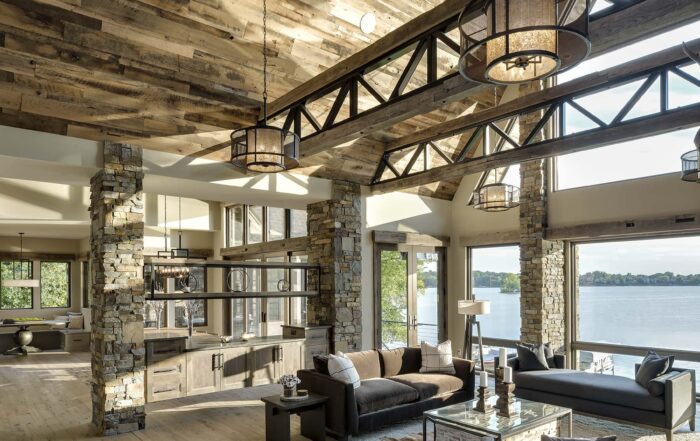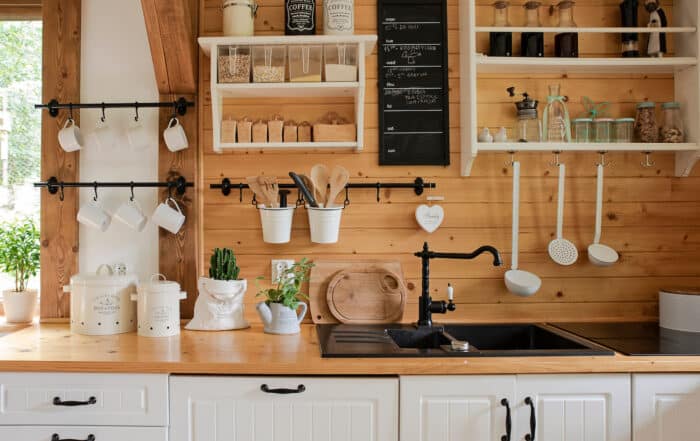Kiln Dried Wood: The Essential Guide for Woodworkers
Have you ever wondered why kiln dried wood is a staple in woodworking projects? This drying process is essential for achieving the perfect balance of moisture in wood, which is crucial for crafting durable and high-quality wood products. When wood is properly kiln dried, it reduces the chances of warping, cracking, or other defects that can occur with improperly dried wood. Whether you’re a
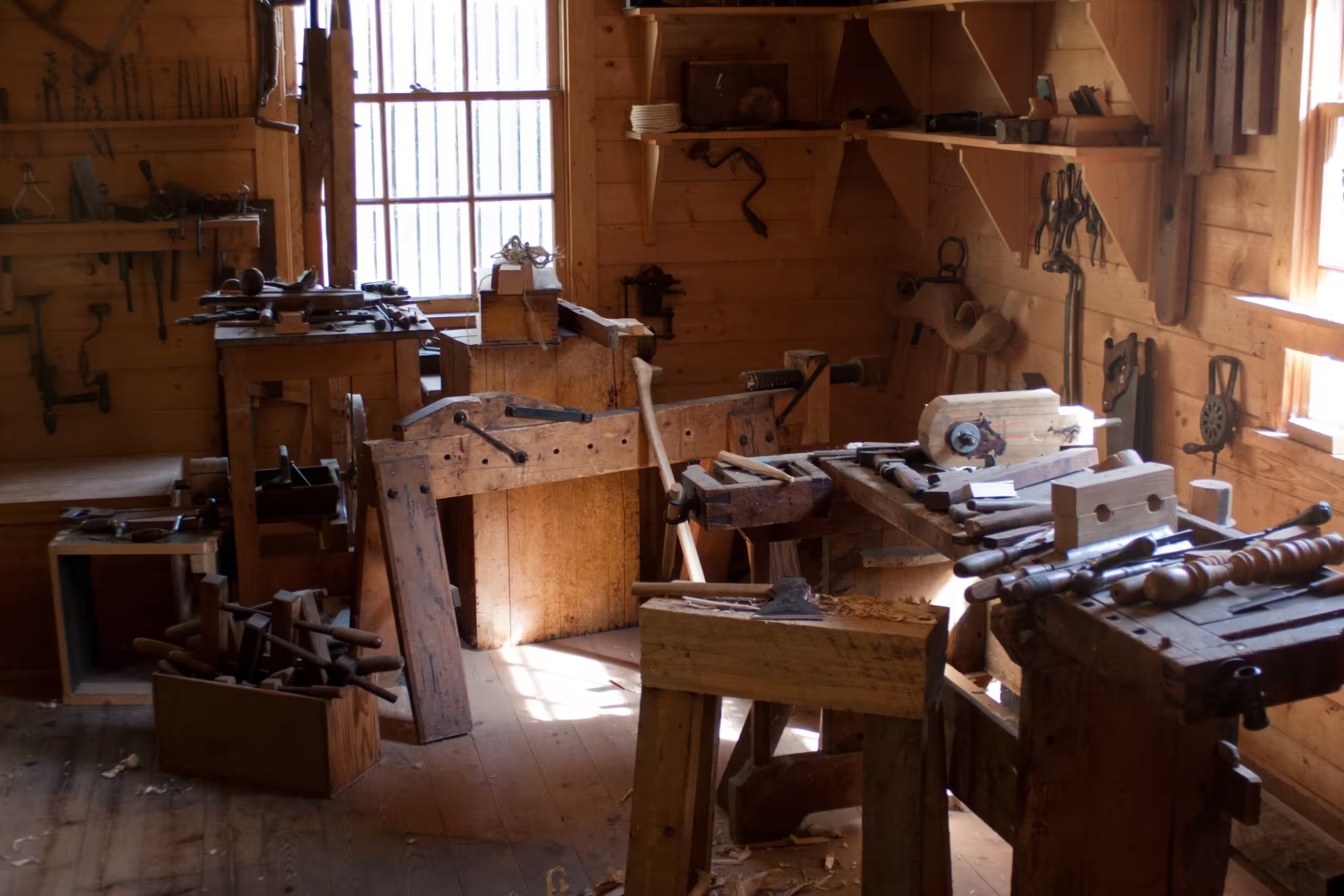
By Sarah Londerville | Updated January 15, 2026
Have you ever wondered why kiln dried wood is a staple in woodworking projects? This drying process is essential for achieving the perfect balance of moisture in wood, which is crucial for crafting durable and high-quality wood products. When wood is properly kiln dried, it reduces the chances of warping, cracking, or other defects that can occur with improperly dried wood.
Whether you're a seasoned woodworker or just beginning your journey, understanding the significance of kiln dried wood can impact the quality of your projects. Join us as we uncover the science and artistry behind how to kiln-dry wood, and discover why it is an important technique in the world of woodworking.
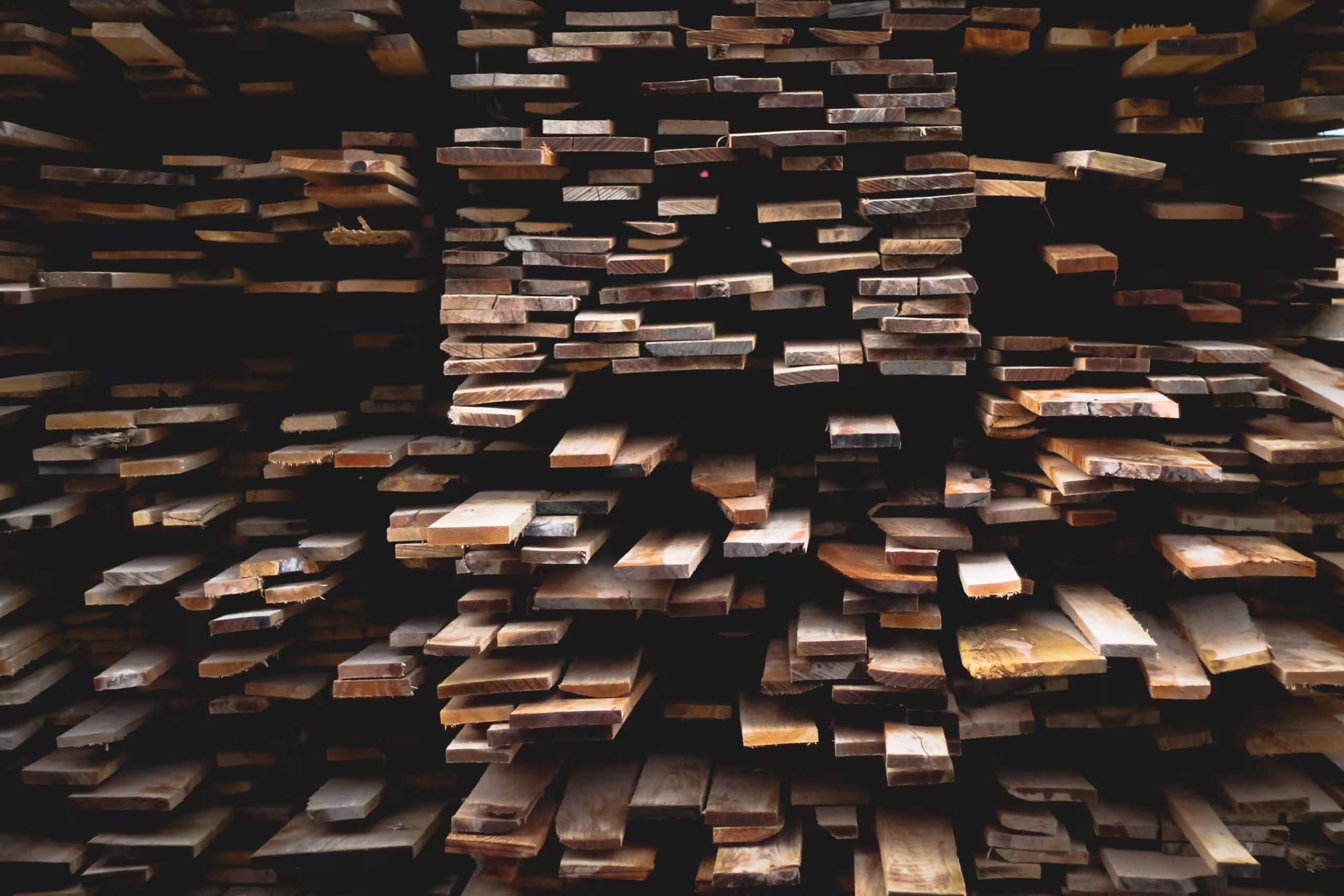
What is Kiln Dried Wood?
Kiln dried wood refers to lumber that has been dried in a wood kiln, a special oven where you can control the environment, including temperature, humidity, and steam. Kiln drying allows wood to reach the desired moisture content (6-8%) faster than traditional air-drying methods.
Why is Moisture Control Important?
Wood is an incredible material because it's hygroscopic, which means it has the natural ability to absorb and release moisture based on the surrounding environment. This can be both a blessing and a challenge for woodworkers. That's where kiln drying comes into play—it's an essential process that helps stabilize wood by reducing its moisture content.

Without it, fluctuations in humidity can cause wood to warp, shrink, or swell, which can impact its performance and suitability in your home. Whether you're planning to use wood for construction, furniture, or any other project, understanding and managing its moisture content is key to ensuring its reliability and longevity.
Benefits of Kiln Dried Wood
Kiln drying is crucial for preparing wood, as it provides several key benefits that improve its usability and lifespan. By achieving the optimal moisture content, kiln-drying ensures that wood can be machined smoothly without causing damage to tools or the wood itself.
The moisture level of kiln dried wood can also impact its ability for better adhesion when gluing, resulting in stronger joints and more effective finishes that enhance the wood's appearance and protective qualities. The process of kiln drying also involves the removal of excess moisture from the wood, significantly reducing its weight.
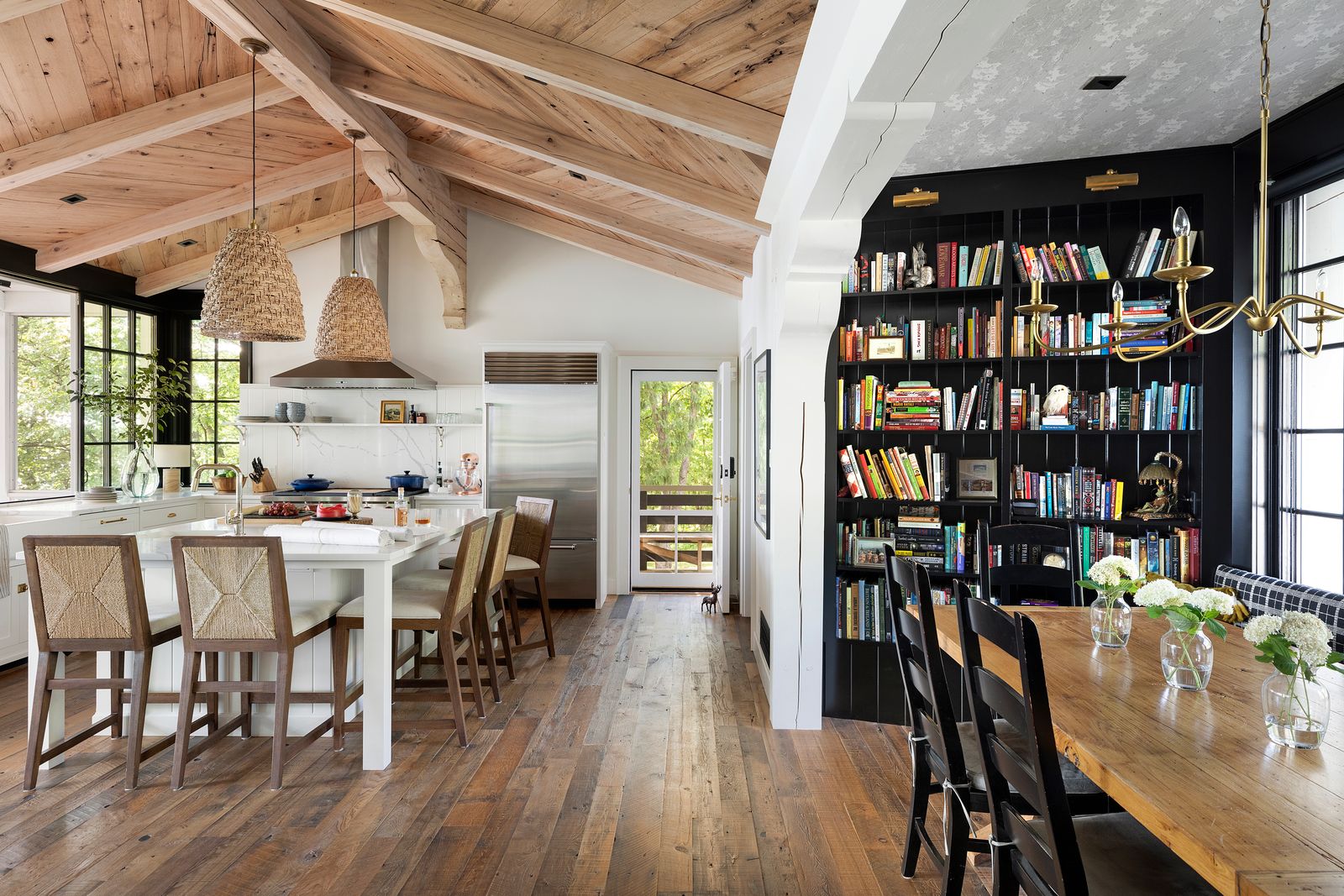
This makes the wood easier to handle, transport, and install, while also reducing shipping costs for bulk materials. By removing moisture, the wood also becomes less prone to warping, cracking, and splitting, leading to a stronger, more durable final product that is better suited for construction and other high-stress applications.
Lastly, lowering the wood's moisture content is crucial in preventing decay. Moist environments are breeding grounds for fungal growth and attract pests, like wood mites, that can severely damage wood. Kiln-drying reduces these risks and extends the life of your woodworking projects.
The Process of Creating Kiln Dried Wood
In the kiln drying process, wood is placed in a controlled chamber where airflow, temperature, and humidity are meticulously managed. This ensures that moisture is drawn out of the wood to the surface, allowing the wood to dry properly and minimizing the risk of defects.
There are a few different ways you can kiln dry your wood. From conventional kilns, which are widely used for their efficiency in handling large batches, to dehumidification kilns that use dehumidifiers to remove moisture, making them energy-efficient.
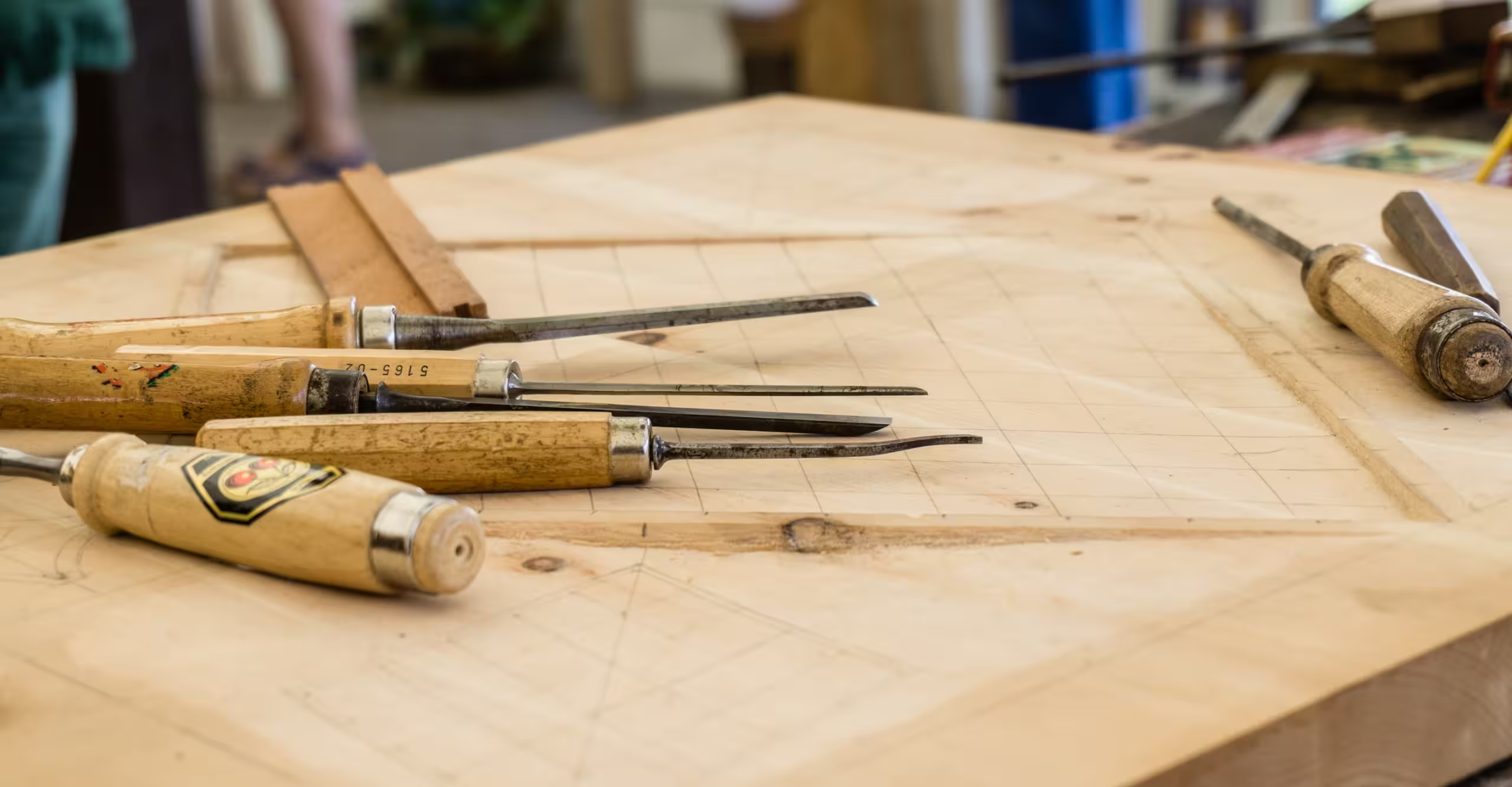
Additional types of wood kilns include vacuum kilns, which are ideal for special applications as they lower the pressure to speed up drying, and solar kilns which utilize solar energy, are perfect for eco-friendly drying in suitable climates.
Understanding how to kiln dry wood and its benefits is essential for anyone involved in woodworking. By controlling the drying environment, kiln-dried wood achieves optimal moisture content, enhancing its quality and usability. Whether you're a seasoned woodworker or a DIY enthusiast, choosing kiln dried wood ensures your projects stand the test of time.
The Best Wood Flooring: 5 Reasons to Choose Reclaimed Wood
There’s a certain feeling you get when you walk into a home that instantly feels warm, grounded, and real. Not staged. Not overly polished. Just right. Often, that feeling starts underfoot.
Reclaimed wood flooring has a way of making a space feel lived-in from day one, […]
Complete Your Project With Beautiful Reclaimed Wood Cladding
Your home is full of details, features, and possessions that make it truly your own. Beyond that, it’s filled with memories. Every choice—from finishes to materials—helps tell your story, which is why the surfaces surrounding you every day matter more than you may realize.
Take a look around your […]
